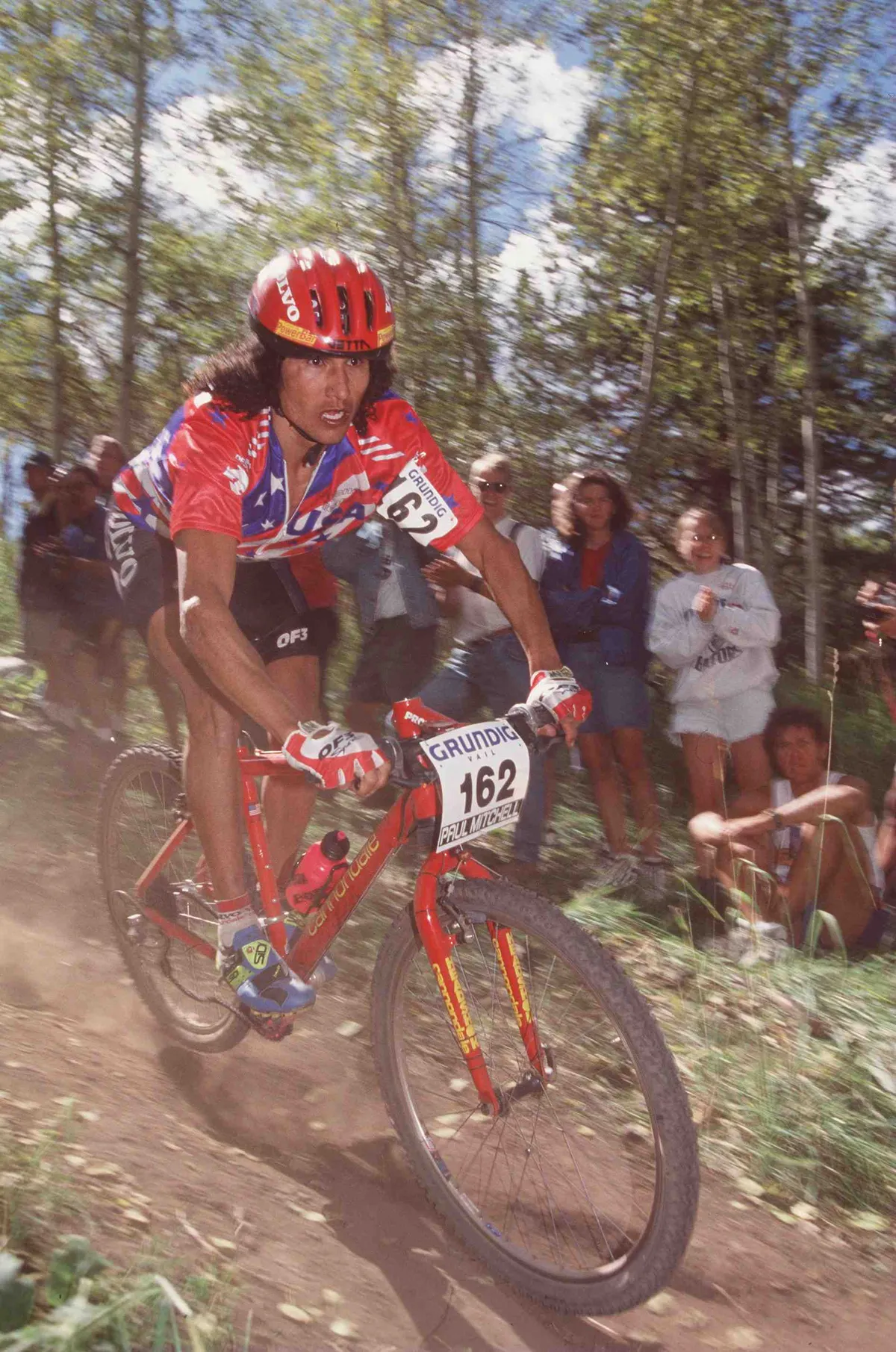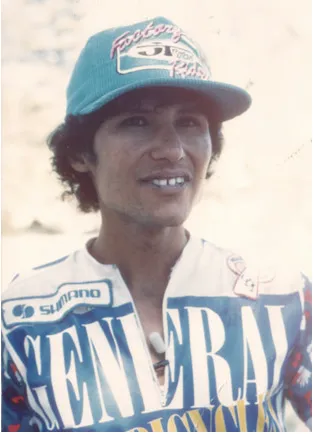These days American mountain bike racer David 'Tinker' Juarez is best known for his epic endurance exploits in the dirt. But the Californian has also taken part in two Olympics as a cross-country racer and finished on the podium for the US at the world championships.
Juarez has been a Cannondale-sponsored athlete since 1994, and races for the MonaVie-Cannondale team alongside Jeremiah Bishop, another convert from the cross-country scene. The 48-year-old will line up alongside the likes of Lance Armstrong and David Wiens in the 2009 Leadville 100 on 15 August.
BikeRadar sat down with him during Cannondale's 2010 launch in Park City, Utah to find out his thoughts on the race, staying in shape and how he's managed to stay at the forefront of the sport for so long.
BikeRadar: What does your race schedule look like for the remainder of 2009?
Tinker Juarez: I have a pretty busy schedule coming up: a marathon in Mexico; 24 Hours of Seven Springs in Pennsylvania; an eight-hour race in Auburn, California; a 100-miler, the Tahoe 100; two races in Brazil; a race in North Carolina... there's a bunch.
When does your season end?
November, which makes for a full year of racing.
Let's talk about this year's Leadville 100, which will be your first. Are you nervous, or does the course suit you?
Any race at altitude doesn't suit me, but I know how to dig deep and suffer through it. It sounds like a good course for me, with double track, climbing and high-speed fire roads. The long distance is good for me.
I'm knocking at the door of the 100-mile races, so to speak, but haven't pulled off a win yet. I finished closely behind team-mate Jeremiah Bishop at the Mohican 100. I was right there until the very end – it came down to the last five miles.
The Leadville 100 has always interested me, with Dave Wiens winning it so often. Armstrong is going to be in much better shape this time around!
Former mountain bike racer Floyd Landis pushed Wiens to a record pace in 2007, then Armstrong in 2008...
Yeah, Lance is having a big year, and several people will be gunning for Wiens this time around. It'll be a good race. If it was at sea level I'd certainly be in the running. I'll train at altitude near Big Bear to prepare. I love climbing, and if I prepare myself properly, could do better than expected in Colorado.
Tell us about your weekly training regimen: what percentage of road training versus dirt?
A normal week – without travelling – is starting off on Monday with an 80-mile road ride rolling from my house in Downey. Tuesday is an easy, flat two-and-a-half hour road ride. Wednesday is another long, hard road ride with hills. I always train by myself. Racing as long as I have, I know what pace to push.
Three mountain bike rides during the week, with the other days on the road bike. I don't take many days off. I slow things down a bit on the weekends so I can go camping with the family – we usually go up into the mountains – and ride three hours or so to make time for the family.
Tell us about your road bike setup...
I ride the Cannondale SuperSix, which I really like. I crashed earlier this year, riding into a car door that opened on me. I crashed my original SuperSix, which was the first accident in over 10 years. Didn't break anything, but got X-rays anyway. Lots of bruises though! It was hard to pull myself out of bed after that. Kind of a shocker.
I'm not particular about road components, though. I like SRAM, Campy and Shimano – the latter because it's proven to be quite reliable.
Tell us about your mountain bikes...
I have a choice of hardtail and full-suspension. This year I chose the Scalpel, Taurine and will get the new Flash Carbon pretty soon. I'm pretty excited about the Flash Carbon.
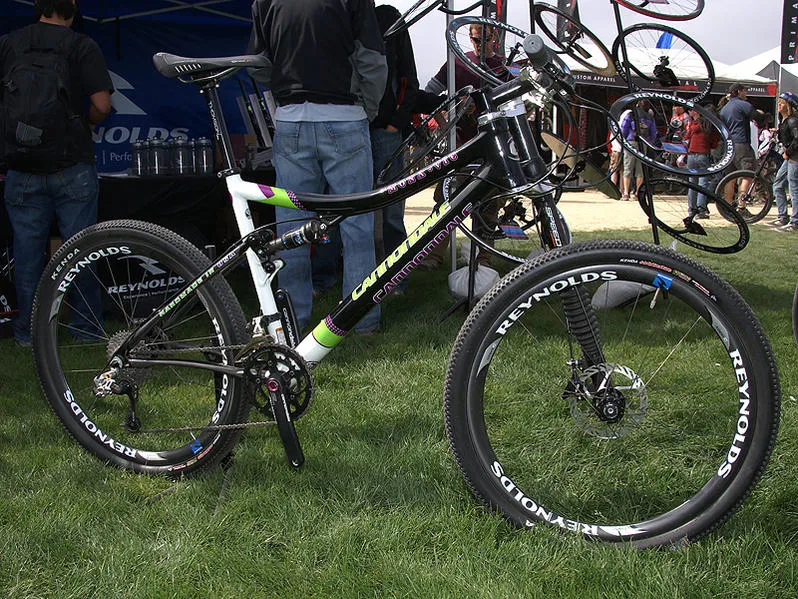
When it comes to racing, the fastest bike for me is the Scalpel, which is set up the same way most customers can buy them in the shops. Differences based on my sponsorships include Stan's wheels, Kenda tyres and SRAM components.
Do you follow a strict diet during the season?
My wife feeds me well; Terri is a great cook! She'll make something simple a little bit better. She seems to bring the entire kitchen when we camp!
How do you stay lean?
I don't burn calories easily; I have at least 16 percent body fat. I carry it well. I train all the time, consistently, and when I eat a little more, I'll train a bit more. It's getting harder to balance that as I get older.
I listen to my body, and have trained it well. I always make sure to actively rest my body the week before a race. Plenty of food and light training works, providing energy to burn.
What do you eat when you race?
Honey Stinger bars, CytoMax mix. We'll have pasta, eggs and sandwich food stuff, like a picnic, during a 24-hour race. Protein drinks work for me, as do gels. I can't survive on just energy bars anymore. I mainly crave solid food; when you race 24 hours, it's important to keep eating. Bonking needs to be avoided!
Do you manage your own race affairs?
Cannondale have been my main sponsor since 1994. I hustle up everything else: tyres, helmets, grips, glasses, etc. I've been fortunate to work with Cannondale for so long.
My first factory sponsor was Mongoose in 1976, through 1983. I learned to stay true to my sponsors and to be professional. I try to make sure I'm ahead of the curve, like with switching from cross-country racing to endurance racing in 2001 or so.
I remember reading about John Stamstad, and decided to make the switch and stay viable. I've been putting in more miles than most cross-country races anyway, so my job hasn't changed much; it's gotten harder though!
It's been cool to see the endurance racing scene explode in the past few years...
Yeah, I agree. After the 1996 and 2000 Olympics, I thought cross-country racing was going to increase in stature, but it went the opposite way. Sponsorship money started creeping lower, and riders had to deal with it or move on.
When television coverage dropped, budgets shrunk. I made big money for awhile, but saw the writing on the wall. I understood what was happening so I moved on to the endurance scene.
How do you determine which races to enter each year?
I troll the websites for race calendars; I pick the races I haven't done, or decide if it was a popular race worth doing again. I was getting burned out doing the same 24-hour races year after year. I don't ever want to hate a race, just take a break from it.
I also pick the races that mean something to my sponsors, that offer a good purse and fit into my schedule. I have to be careful, though, because the more races I choose for my own reasons, the more that comes out of my own pocket. I need to strike a balance.
Which type of race do you prefer?
I still like the 24-hour races, but I'm adding more 100-milers lately. Stage races are getting bigger but take almost a month out of my regular schedule. If I do a stage race, it needs to be worth the investment. I do have a strong team, however, for stage racing. I also like 50-mile marathon races. Not as interested in cross-country racing anymore. The 12-hour races are interesting as well.
What prompted you to do the Race Across America in 2006?
I was looking for an off-road alternative at the time. I had raced virtually everything I could off-road and the Race Across America seemed to make sense. Being a sponsored factory rider helped; it's an expensive effort, though.
It's hard doing RAAM – you really get to care about your support crew. I was stressed out about everything! There are several what-if scenarios on RAAM. No turning back!
Will you do it again?
If Cannondale would take care of all the planning, cost and support, I'd put some serious thought into it. No relay team, though.
I had a good partner when I did the Cape Epic; I typically do everything on my own. We met each other two days before the event and got along well. He happened to also be the stronger rider, so I relied on my experience. Full-time stage racing would be very hard.
What was it like racing the Summer Olympics?
Growing up, the Olympics were something I always watched on television. When I heard mountain biking was becoming an Olympic sport it was a dream come true, despite the cliche. Going into it as a professional was a bit different compared to an amateur.
I made the 1996 American team by nailing down the races I needed to win to earn the spot. I had to work hard to earn the spot with Travis Brown in 2000. Everyone was gunning for Sydney; it boiled down to me barely beating Steve Larsen to represent the USA in Australia. It was a nail biter. Very entertaining to the very end. I knew I tried my hardest.
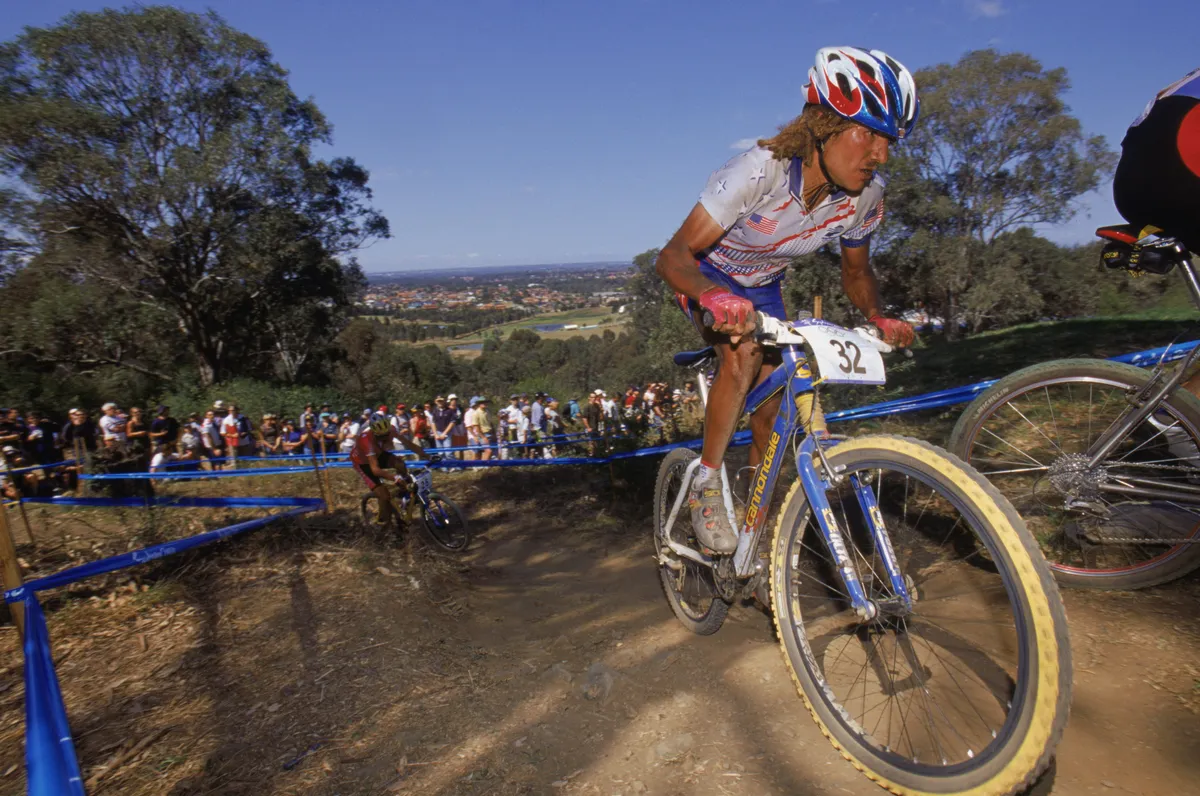
I didn't take in the the whole Olympic experience in 1996, but I certainly did in 2000. The opening ceremony, watching other events like gymnastics... It was neat.
What are some of your fondest memories of the NORBA
[race series run by America's National Off-Road Bicycle Association]
days?
Winning NORBA national titles was great. Consistency paid off, and it was never easy. The big goals back in those days were winning the national title, then getting on the US team for the World Championships. Year in and year out. Same with the World Cup races.
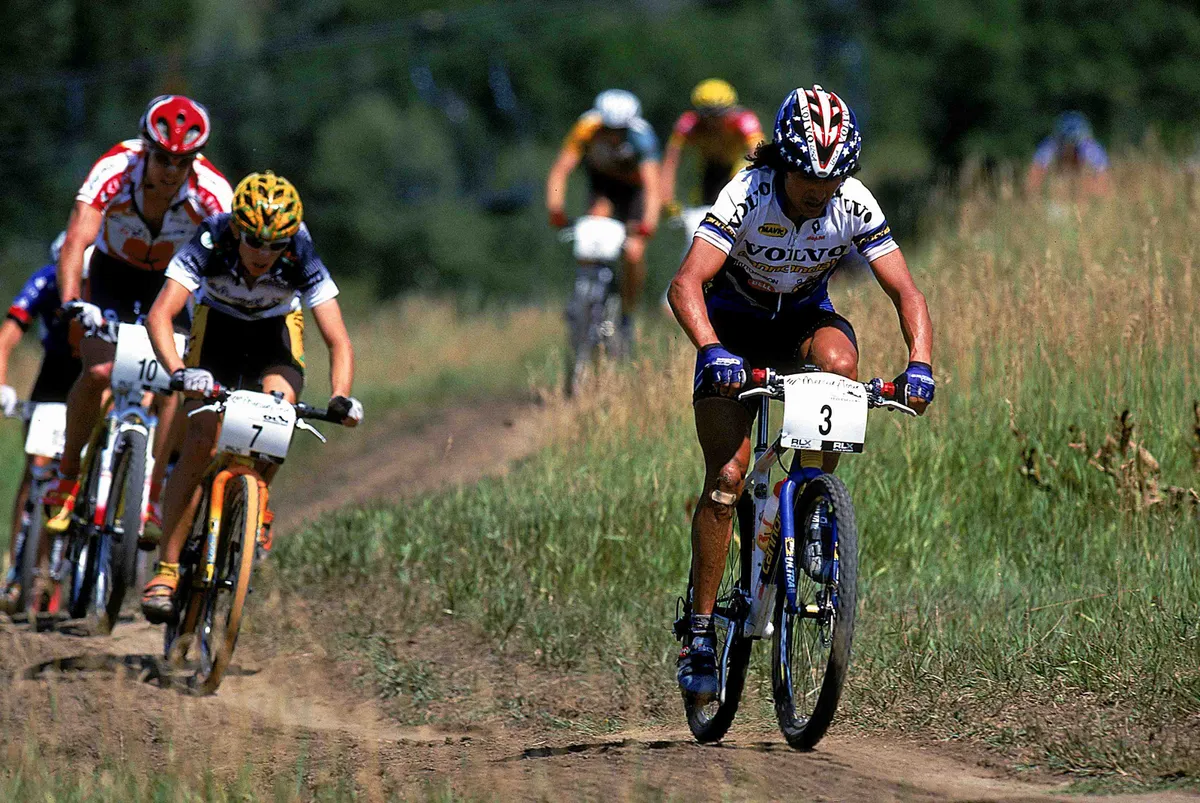
You've managed to shift career focus enough over the years to stay competitive and keep racing. You're 48 years old; what does the future hold?
Keeping myself motivated to win races; trying to be more consistent among the growing competition, especially at the 100 milers; trying to pull some wins at the bigger races, like Sea Otter; doing well at stage races. Jeremiah is doing more 100-milers, which prompts me to do the same.
A BikeRadar reader asked if you ever get out on the BMX bike
[Tinker became a BMX pro at 15 when the sport was just starting]
, and when was the last time it was on a track?
Last year in Brazil, actually. A new bike park down there includes a BMX track. I can still ride berms and track better than the younger guys! I look at BMX bikes and wonder how I ever raced those things for 15 years!
Any idea what career path you would have chosen if you hadn't discovered the bicycle?
I've worked in construction at times, before sponsorship money rolled into BMX racing. Most of my life has been spent as a professional bike racer. My mom has been a big supporter and has helped out when I've needed her. Even when I worked other jobs, I still raced.
If your son Joshua wanted to race, how young would you let him start?
If he really wanted to race BMX, and knew how to ride, I'd say six or seven. He's just two-and-a-half now, so it's a little ways off.
The BMX racing leagues and organisations were just getting started as a pro in 1975 when I was 15. I won everything, then switched up to become the youngest pro.
I became a mountain bike pro in 1986, and grew with that sport as well. When others got faster, I had to get faster. I realised many were road riders who jumped across to the dirt, so I needed to build endurance by following their lead.

